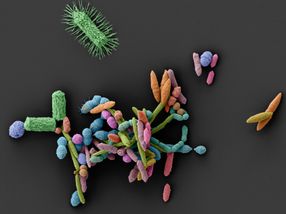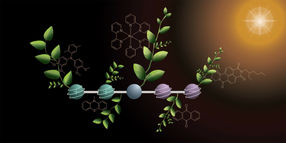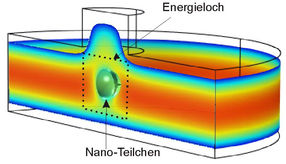Hexvix guided fluorescence cystoscopy reduces recurrence in patients with non-muscle invasive bladder cancer
Advertisement
Photocure announces a publication in Journal of urology on Hexvix. This publication shows that Hexvix guided fluorescence cystoscopy (Hexvix®), as an adjunct to conventional white-light cystoscopy, improves the detection of bladder cancer and reduces the rate of early tumour recurrence, compared with white-light cystoscopy alone.
The publication is based on Photocure's prospective, randomised study conducted in 28 centres in Europe and North America. The study demonstrated that by using Hexvix®-guided fluorescence cystoscopy Ta/T1 tumours that had not been seen under conventional cystoscopy were detected in 47 (16%) of the patients with Ta or T1 tumours (p=0.001). Of these tumours that were only seen using Hexvix cystoscopy, 28 (59%) were medium-grade tumours (G2), and 19 were tumours of high risk of recurrence and progressions (high grade or T1). Furthermore, 32% of the patients with carcinoma in situ (CIS, a, high-grade aggressive cancer) were identified only by Hexvix®-guided fluorescence cystoscopy.
The study group, led by H. Barton Grossman, Professor of Urology at MD Anderson Cancer Center, Houston, USA, also reports a 16% relative reduction of bladder tumours recurrence in patients with Ta /T1 tumours assessed with Hexvix®-guided fluorescence cystoscopy, compared with white-light cystoscopy alone (p=0.026). At 9 months' follow up, there was a 9% absolute decrease in recurrence in the Hexvix® group, compared with white-light cystoscopy alone, which means that only 11 patients needed to undergo the procedure to avoid one recurrence.
The group also report reduced recurrence of aggressive/clinically significant lesions. They found more CIS, T1 and muscle-invasive disease recurrence in the patients who had undergone white-light cystoscopy compared to Hexvix guided cystoscopy (24% vs 16%, respectively, p=0.17).
As the paper points out, improved tumour detection is likely to result in more accurate tumour mapping and disease staging, and hence more complete cancer resection. A reduced recurrence rate is an objective marker for these benefits.
Most read news
Organizations
Other news from the department research and development

Get the life science industry in your inbox
By submitting this form you agree that LUMITOS AG will send you the newsletter(s) selected above by email. Your data will not be passed on to third parties. Your data will be stored and processed in accordance with our data protection regulations. LUMITOS may contact you by email for the purpose of advertising or market and opinion surveys. You can revoke your consent at any time without giving reasons to LUMITOS AG, Ernst-Augustin-Str. 2, 12489 Berlin, Germany or by e-mail at revoke@lumitos.com with effect for the future. In addition, each email contains a link to unsubscribe from the corresponding newsletter.





























































